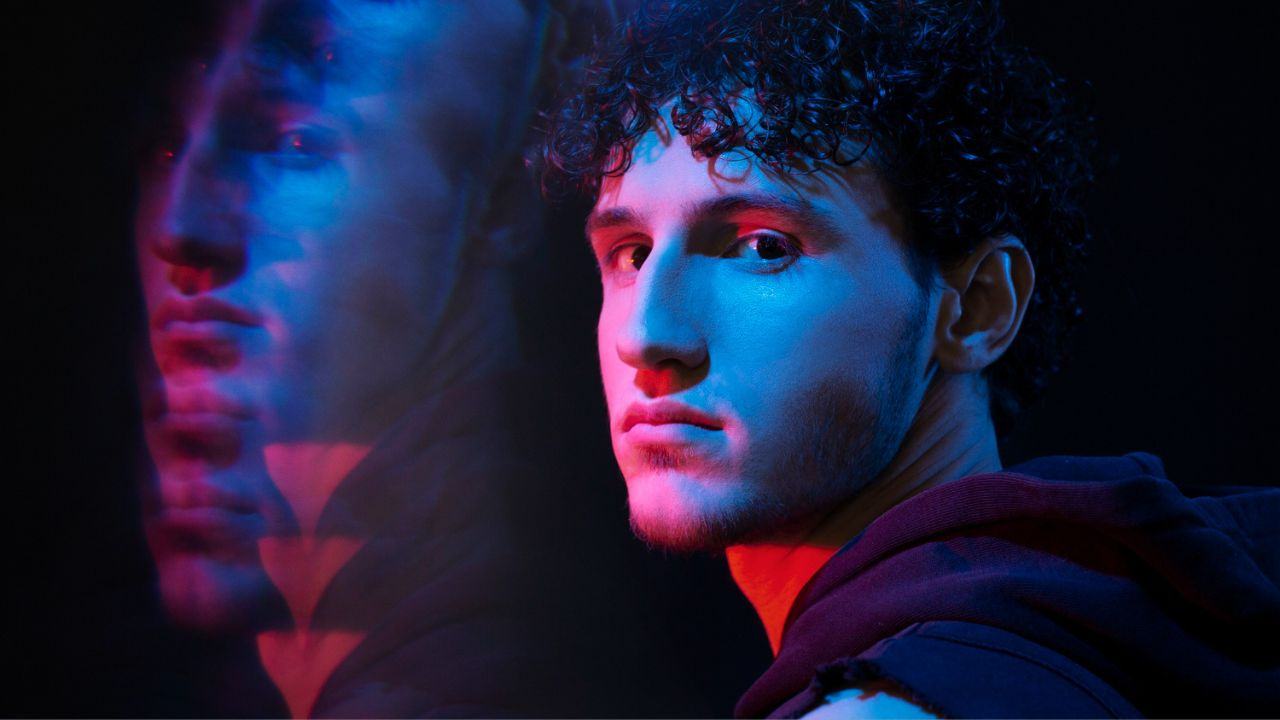From the magical realms of Pandora in “Avatar: The Way of the Water” to the unbelievably realistic jets in “Top Gun: Maverick” and the otherworldly weather in “The Mandalorian,” it’s safe to say that our favorite movies and TV shows owe a huge debt to the incredibly talented visual effects (VFX) artists who work tirelessly behind the scenes.
In 2022, the global VFX industry’s market size was estimated to exceed $9 billion, according to various research groups. However, this growing demand for stunning visual effects is placing immense pressure on the artists who bring these visions to life.
Jonas Loeb, the communications director at IATSE (International Alliance of Theatrical Stage Employees), revealed, “We’ve received a lot of interest from VFX workers who have seen us championing the rights of unionized film and TV workers. They’re saying, ‘We want similar standards and a platform to address these issues.’”
A previous report from Scripps News shed light on the challenges faced by the VFX industry, including grueling work hours, inadequate pay, and the trend of outsourcing jobs to companies overseas. Now, in the wake of the concurrent strikes by the Writers’ Guild of America and the actors’ guild SAG-AFTRA, over 50 visual effects workers associated with Marvel Studios have initiated a unionization election with the National Labor Relations Board.
Matthew Loeb, President of IATSE, commented on this potential unionization, emphasizing the unprecedented show of solidarity sweeping through the industry. He stated, “We’re witnessing a remarkable wave of unity that’s breaking down old barriers within the industry. It’s proof that we’re all in this fight together.”
Jonas Loeb elaborated on the unionization efforts, saying, “Ideally, we’d love to bring as many VFX workers into the same union that already represents film and TV professionals. The more of us there are, the greater our collective bargaining power becomes. This can lead to improved contracts that enhance the lives of entertainment workers.”
Interestingly, this isn’t the first time visual effects workers have attempted to form a union. Back in 2014, artists made a collective effort to establish a VFX trade association aimed at curbing the outsourcing of visual effects work to external studios. Unfortunately, financial constraints, including slim profit margins and outsourcing woes, forced the group to dissolve within two years.
Even the most successful VFX companies have been grappling with financial challenges. In a notable instance, during his acceptance speech for the 2013 Academy Award for visual effects in “Life of Pi,” Brian Westenhoffer, the Visual Effects Supervisor, raised concerns about the financial hardships faced by the VFX industry. Regrettably, his speech was cut short. Subsequently, the company he mentioned, Rhythm & Hues, went out of business the following year. Additionally, you can also read about- Virtual Reality: The Future of Home Entertainment in Australia
Jonas Loeb emphasized, “It’s important to recognize that a lot of ‘computer-generated imagery,’ despite its name, still requires human input to yield exceptional results.”
A decade later, the demand for VFX art has only intensified, yet VFX artists continue to advocate for improved labor standards. Looking ahead, if the Marvel VFX team successfully establishes a union, it’s likely that other artist groups will be inspired to follow suit, leading to potentially transformative changes within the industry.
Categories: Technology
Source: vtt.edu.vn
